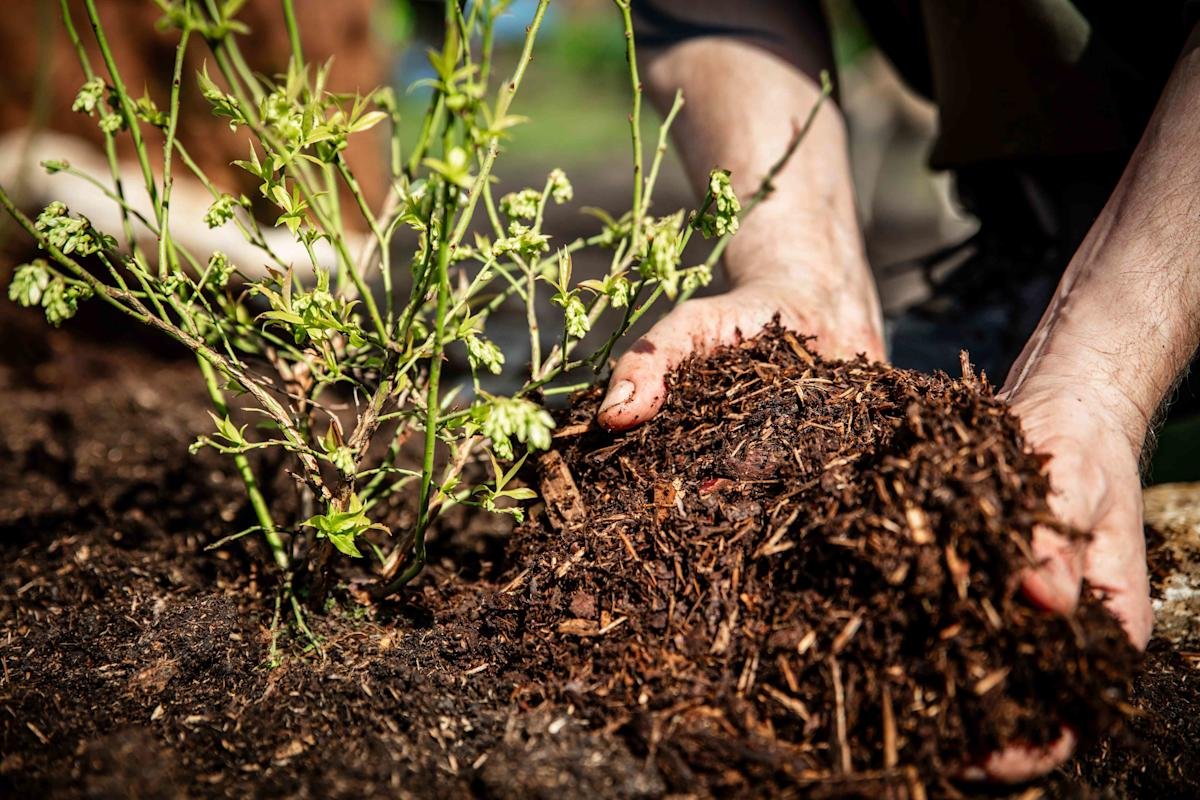
- Mulching too much directly onto your plants can lead to excess moisture that can result in fungal diseases and unwanted pests.
- Always leave enough space around your plant, like around 1 inch, when mulching to give some additional airflow.
- Leave the grass clippings alone from the first time you mow your lawn, so they can act as a natural mulch.
Mulch is a versatile gardening material that shields tree roots, suppresses weed growth, reduces soil erosion, and helps maintain consistent moisture levels. However, proper timing and technique are crucial for ensuring your plants thrive.
We consulted professional gardeners to reveal the biggest mulching mistake they frequently encounter—one that could potentially ruin your plants. Keep reading to learn what to avoid.
Layering Too Much Mulch Directly Onto Your Plants
Adam Weiss, founder of Pike Lane Gardens, warns that layering mulch too thickly at the base of a plant or seedling allows moisture from rain or watering to cling to the plant, leading to issues like stem and root rot.
Steve Corcoran, CEO of Lawn Love, adds that this trapped moisture creates an ideal environment for damaging pests and fungal infections.
Corcoran also points out that excessive mulch restricts airflow, effectively suffocating your plants over time.
Essential Mulching Tips to Keep Your Plants Healthy and Thriving
- Give your plants room to breathe. Weiss recommends maintaining at least a 1-inch space around each plant to promote airflow.
- Time your mulching correctly. Tammy Sons, founder of TN Nursery, used to mulch too early, assuming it was beneficial, but later found it stunted plant growth. She now advises waiting two weeks into spring, once the soil has warmed, before applying mulch. “Your perennials will respond much better to warm mulch,” Sons explains.
- Select the appropriate mulch type. Weiss stresses the importance of using mulch that decomposes fully by season’s end. His top choices are shredded organic mulch (uncolored) or chopped straw (avoid hay, which can sprout weeds).
- Let grass clippings nourish your lawn naturally. Corcoran recommends leaving the first mow’s grass clippings on the ground to act as a nutrient-rich, natural mulch.

